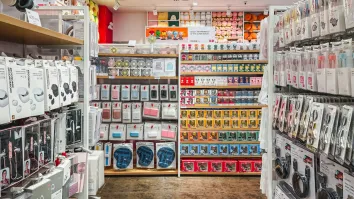
SEA’s K-Wave craze drives demand for localised products
This trend is particularly strong in the food, beverage, and beauty sectors.
Southeast Asian consumers are drawn to Korean Wave (K-Wave) trends but are increasingly favor products that are tailored to local tastes, Euromonitor International said.
The report said that brands are responding to the growing influence of Korean culture, from K-pop to K-beauty, by creating products that combine Korean elements with local preferences. This trend is particularly strong in the food, beverage, and beauty sectors, where localised products are fuelling growth.
"Beyond watching Korean content and travelling to Korea, consumers also incorporate K-products into their daily lives,” said Sunny Moon, research manager at Euromonitor International. “However, they eventually prefer local products that align with local preference."
According to the report, outbound travel from Southeast Asia to South Korea has seen significant growth. Singapore recorded a 52% increase in visits in 2024 compared to 2019, whilest travellers from Indonesia and Taiwan grew by 10% and 13%, respectively.
"Consumers' Korean-craze consumption continues in their home countries,” Moon said. “To meet growing consumer demand, brands are embracing the K-wave by appointing K-pop stars as brand ambassadors, even featuring Hangeul, the Korean alphabet, on product labels."
Soju, South Korea’s iconic drink, has gained massive popularity, with sales growing 121% in Southeast Asia between 2019 and 2023. Malaysia saw the highest growth (241%), followed by Indonesia (182%) and Thailand (100%).

















 Advertise
Advertise








